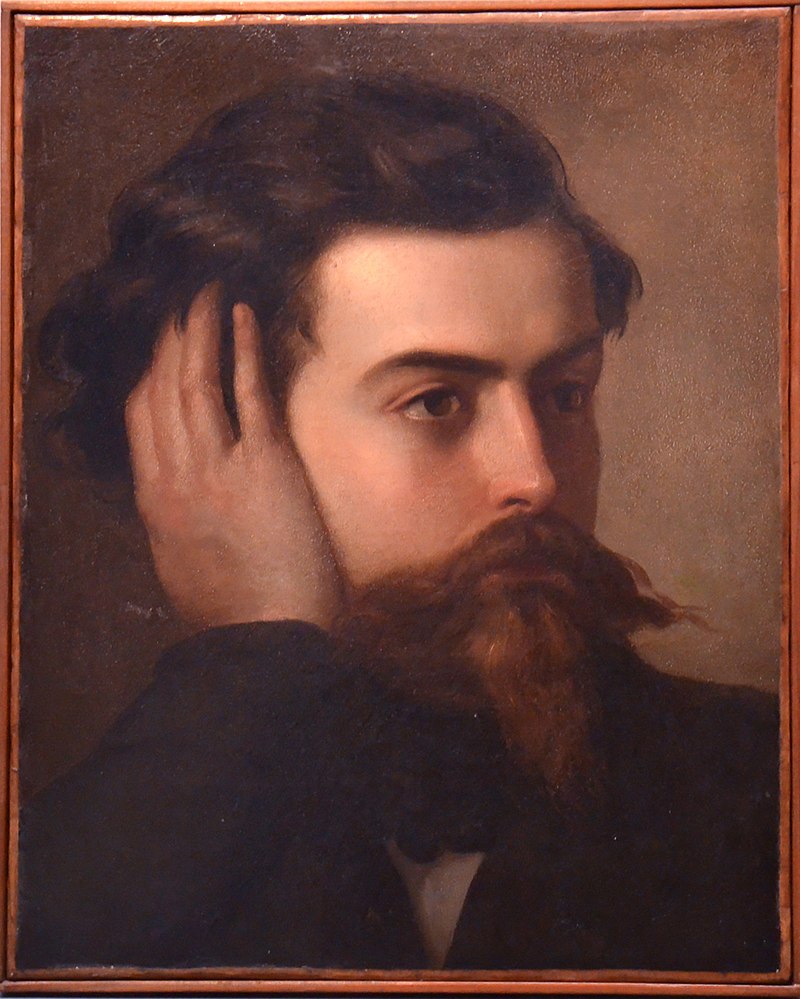You have probably heard Italy’s national anthem but know little about its lyrics. Like our Star Spangled Banner, it was adopted from a poem written in wartime. But unlike our anthem, il Canto degli Italiani, tells the story of Italy – from its Roman foundation to the struggles it endured over the centuries.
It was written in 1847 by 20-year-old student Goffredo Mameli and set to music by Michele Novaro. Mameli, like most educated Italians knew quite well the history of his people. They knew that Italy was first unified by the Romans, geographically, politically, and culturally.
Here are the lyrics that inspired 19th Century Italian patriots. Mameli’s poetry has been rendered more clearly in English:
Brothers of Italy! Italy has awakened; she has put Scipio’s helmet on her head.
Where is Victory? Shear her locks because God created her a slave of Rome
Publius Cornelius Scipio was the Roman general who defeated Hannibal in 202 BC. Victory is personified and alludes to the ancient practice of cutting a female slave’s hair to differentiate her from a free woman. In other words, Rome owned victory.

Chorus: Let us form cohorts! We are ready to die; Italy called.
Cohorts were a basic Roman Army formation. Goffredo Mameli soon died after writing this poem. He was wounded while fighting to liberate Rome with Garibaldi. His leg was amputated but he died of sepsis. Indeed, he was ready to die for his country.
- We have been for centuries trampled and derided because we are not one people, because we are divided. Let’s unite under one flag, one dream; to blend together. The time has now come.
From the conquest of Roman Italy by barbarians the nation was fragmented for over one thousand years. But the memory of ancient unity was kept alive by Italian intellects such as Petrarch, Dante, and Machiavelli.
- Let’s unite, let’s love [each other]! This union and love [will] reveal God’s ways to the people. We swear to liberate the native soil, united for God. Who can defeat us?
The patriotic belief was that destiny and God always had a plan for Italy. Religion, language and classical studies still linked the Italic peoples to their past and to each other.
- From the Alps to Sicily, everywhere is Legnano; every man has the heart and the hand of Ferruccio; the children of Italy are called Balilla; the sound of every Church bell rings for the Vespers.
The Battle of Legnano took place in A.D. 1176 when an alliance of northern Italians and the Pope ended German domination of the north. Italian city-states prospered, eventually leading to the Renaissance and the Age of Exploration. Captain Francesco Ferrucci was mortally wounded in defense of Florence in 1530 against a German/Spanish army. Ballila was the nickname of a young boy who in 1746 threw a stone at an Austrian officer, sparking the revolt that led to the liberation of Genoa. The [Sicilian] Vespers is the name of a famous revolt against the French in 1282.
- [We] are branches that break the swords of the [hired mercenaries]; the Austrian eagle has already lost its feathers. Austria and Cossack [i.e., Russians] have drunk the blood of Italy and Poland, but suffered heartburn [from it].
During the 19th Century parts of Italy and all of Poland were ruled by foreign powers. The Russian czar used Cossacks in his army. Mameli saw the oppressed Poles as a kindred spirit.
Although used as Italy’s national anthem at the end of the monarchy in 1946, it was only made official in 2017, 170 years after its publication.
Another interesting fact: the Romanian national anthem also honors its Roman roots. Emperor Trajan conquered ancient Dacia in A.D. 106, colonizing it with Italic veterans.
“… to the world we readily proclaim, in our veins throbs Roman blood; and in our hearts forever we glorify a name resounding of battle, the name of gallant Trajan.”
Romanian is a Romance language. Romanians are in our Latin “sisterhood” with the French, Spanish, and Portuguese. -JLM

would love to have this blog earlier….during our celebration of the Festa della Repubblica, This year we had a mini class, on learning the words and singing the national anthem. The event is celebrated annually at the IAHF in San Jose, with a flag raising and lunch or dinner and a keynote speaker….its one of the very few times the Italian flag is flown publically in ours or most communities. This year too at our 41st Annual Italian Family Festa, our new mayor announced Italian Heritage Month in Oct..It is also a way to reengage, the various communities since, in reality, we are in a generational transition.
John,
Thank you so much, something else I didn’t know about Italian history!
What beautiful words and how to the point,
We should all be aware of this song and it’s message!
Gloria Terenzio
Very interesting
Thanks for the information
I find Italy’s national anthem very moving. The lyrics are profound and meaningful.
At many of our events we hear the American and the Italian national anthem.